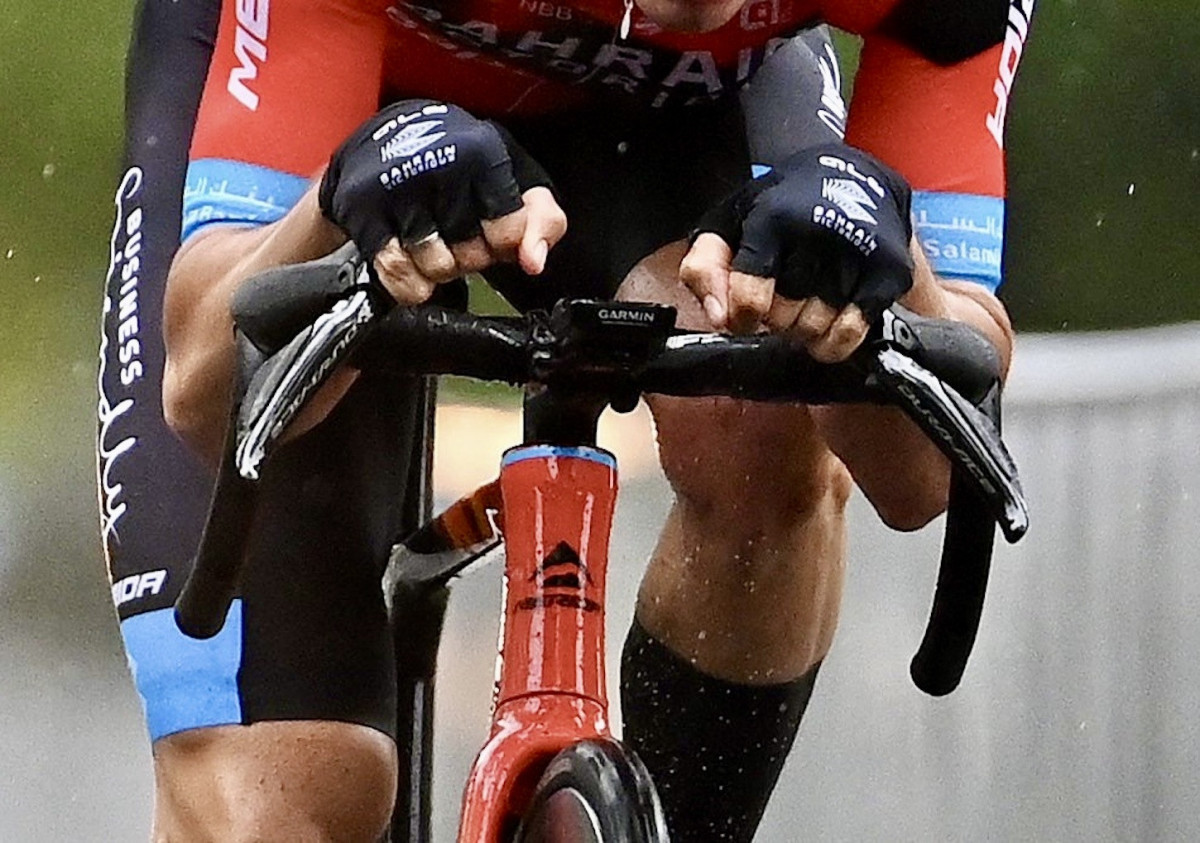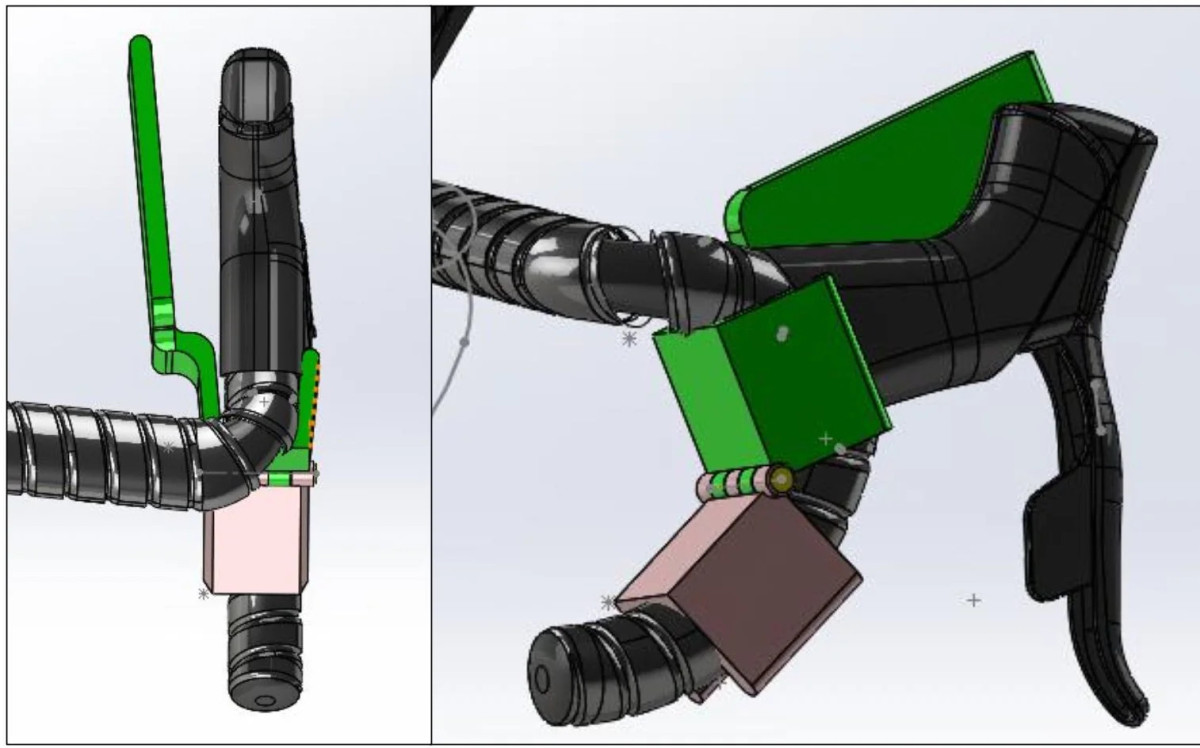After the UCI’s decision to ban inward-facing brake levers in 2024, the president of the Cyclists’ Association (CPA), Adam Hansen, expressed his support for the new rule and detailed its importance for cyclist safety.
In an interview with Cyclingnews, the former Australian cyclist revealed that his role in the CPA, along with Michael Rogers, UCI’s Head of Road Cycling and Innovation, aims to protect the rights and interests of cyclists.

Some cyclists concerned about lever position
Hansen conducted a survey among cyclists during the summer, especially in major races with a significant number of participants, to gather feedback on inward-facing levers. Some cyclists were concerned, and some had already experienced falls due to this configuration.
In addition to cyclists’ concerns, Rogers’ consultations with manufacturers of carbon fiber handlebars and cockpits were crucial. They emphasized that turning the levers can alter the contact point, exerting extra pressure on the bars and potentially causing material failures.

Hansen claims to have seen cracked handlebars
Hansen revealed that he has witnessed cracked handlebars due to the extra stress caused by improperly positioned levers. He emphasized that manufacturers design the levers to be straight on the handlebar, and any alteration can result in damage, crashes, and potentially fatalities.
The UCI’s imposition of the ban aims to ensure that cyclists and mechanics do not place the levers beyond the recommended stress limits. Hansen defended the rule, highlighting that it is a vital safety measure, not a senseless regulation.
Ban will not be total
Despite concerns, Hansen acknowledged that some cyclists supported the ergonomics of lever position. He praised the UCI for listening to the riders and clarified that the ban will not be total. There will be a limit to the angle the levers can be turned inward, with quick checks performed by UCI officials during races.

Por fim, Hansen destacou que, a partir de 2025, a UCI não apenas proibirá, mas exigirá que os ciclistas trabalhem em conjunto com os fabricantes para seguir as sugestões e orientações específicas. Isso reflete a abordagem da UCI em ouvir os fabricantes, reconhecendo seu conhecimento sobre os pontos de falha dos guidões.


